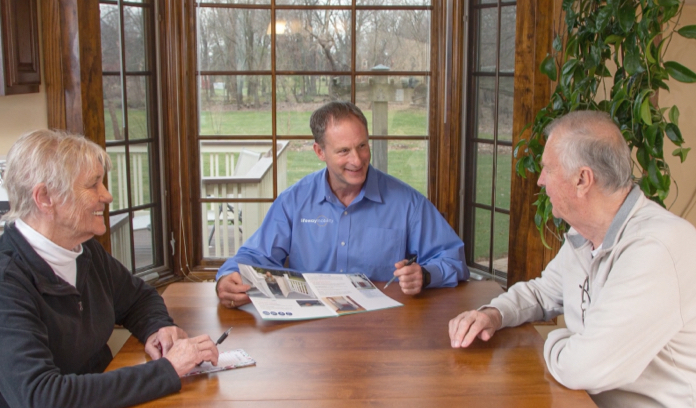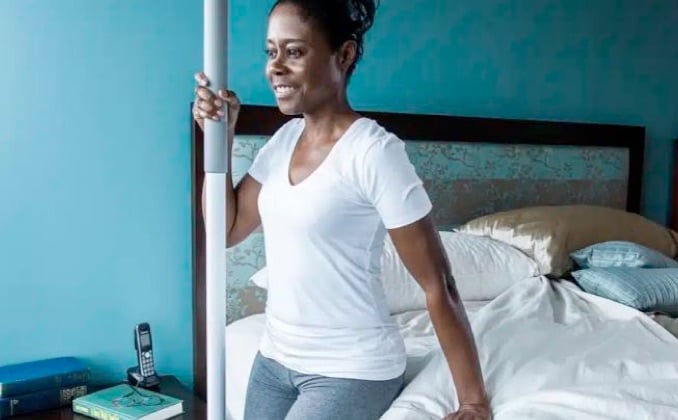Transfer Aids in Kansas City, MO
Transfer aids provide an easier way to move people with mobility limitations to and from a wheelchair, bed, toilet, bathtub, or shower. Lifeway offers a variety of transfer aid solutions, ranging from ceiling lifts and patient lifts to grab bars and poles for transfers in the bathroom, bedroom & throughout the entire home. Our transfer aids will not only improve quality of life, safety, and independence for the user, but also improve safety and reduce strain on caregivers.
Learn more about our solutions that can make transfers easier at home and lower the risk of falls.
Visit Our Showroom in Kansas City, MO
Lifeway Mobility Kansas City
Tel: (816) 641-37001652 N Corrington Ave, Kansas City, MO 64120
Showroom is open Mon-Fri by appointment only. Please call ahead for assistance.
Why Choose Lifeway Mobility for a Transfer Aid

- Local team of safe transfer aid experts in Kansas City, MO
- Free Consultations
- Professional Installation
- Service available after installation (ceiling lifts)
Transfer Aid Reviews

Lifeway Mobility is rated 4.8/5 with over 7,500 online reviews across trusted online review platforms such as Google & Trust Pilot. See what our customers have to say about their experience with Lifeway Mobility
Read more customer reviews: Read Reviews
Transfer Aid Videos
Lifeway’s video gallery includes testimonials from happy customers to product overviews highlighting functionality and improved safety from shower & bath accessibility upgrades.
Transfer Aids FAQs: Everything you need to know
Check out our most frequently asked questions about Transfer Aids:
Why are transfer aids used?
Transfer aids help minimize the risk of falls and injuries when transferring someone with limited mobility to and from the bathroom, bedroom, or anywhere else throughout a home or care setting.
What are the different types of transfer aids available from Lifeway?
Lifeway Mobility’s transfer aid offerings include ceiling & patient lifts, grab bars and poles, bath transfer chairs & benches, bed assist rails and other DME products. Please note that the transfer aids available from Lifeway Mobility may vary by location.
What are the different types of patient lifts?
The two types of patient lifts are overhead ceiling lifts and sit-to-stand lifts. An overhead ceiling lift is for those who are immobile and need full assistance with making transfers. Patient lifts are for those that need some assistance when standing up. Check out the Lifeway ceiling lift guide for more information.
How much does a transfer aid cost?
The price range for transfer aids varies widely as there are many different types of solutions available. Please contact us set up a free consultation, and one of our accessibility experts will provide a quote for the transfer solution that will best meet your family’s needs.
